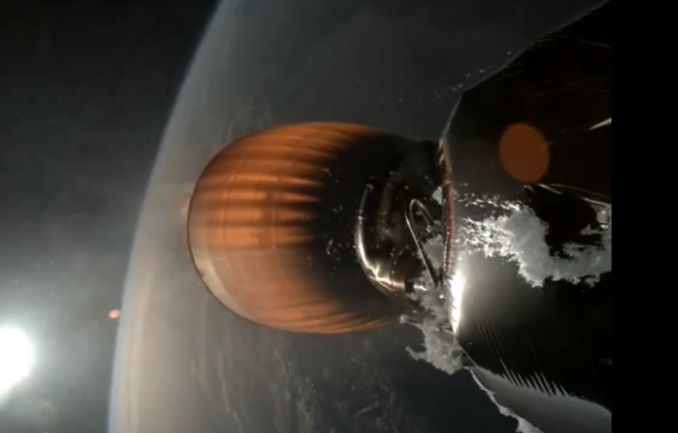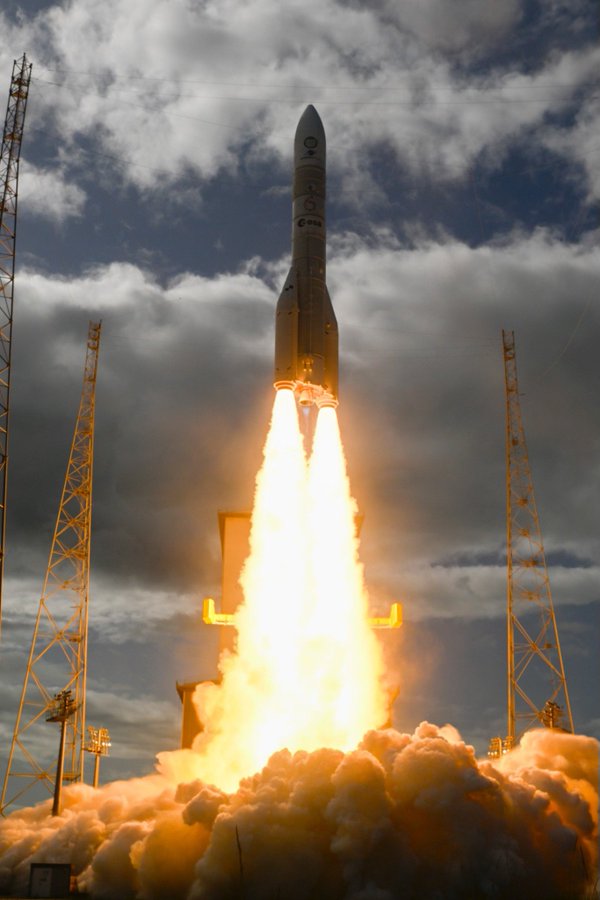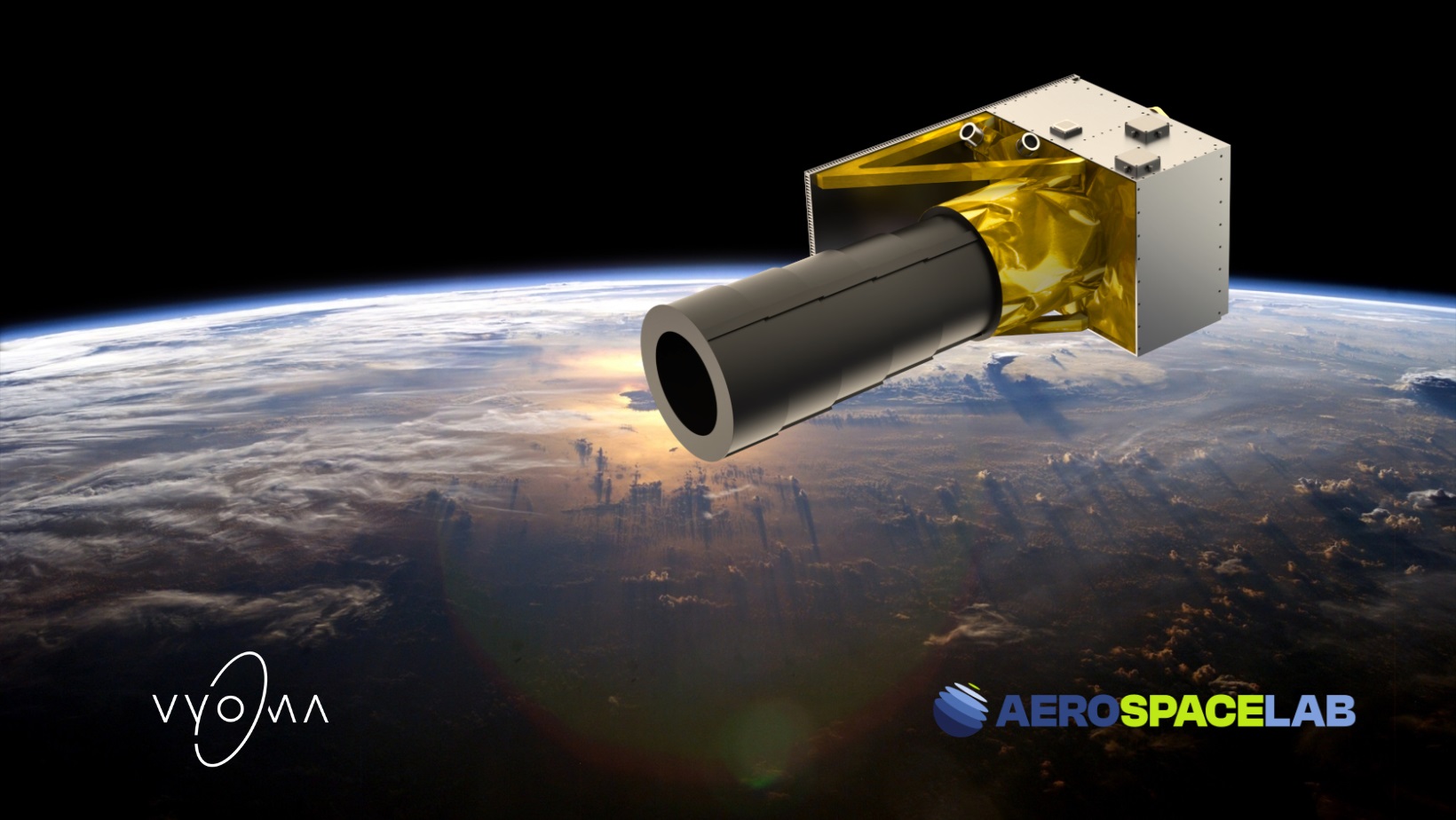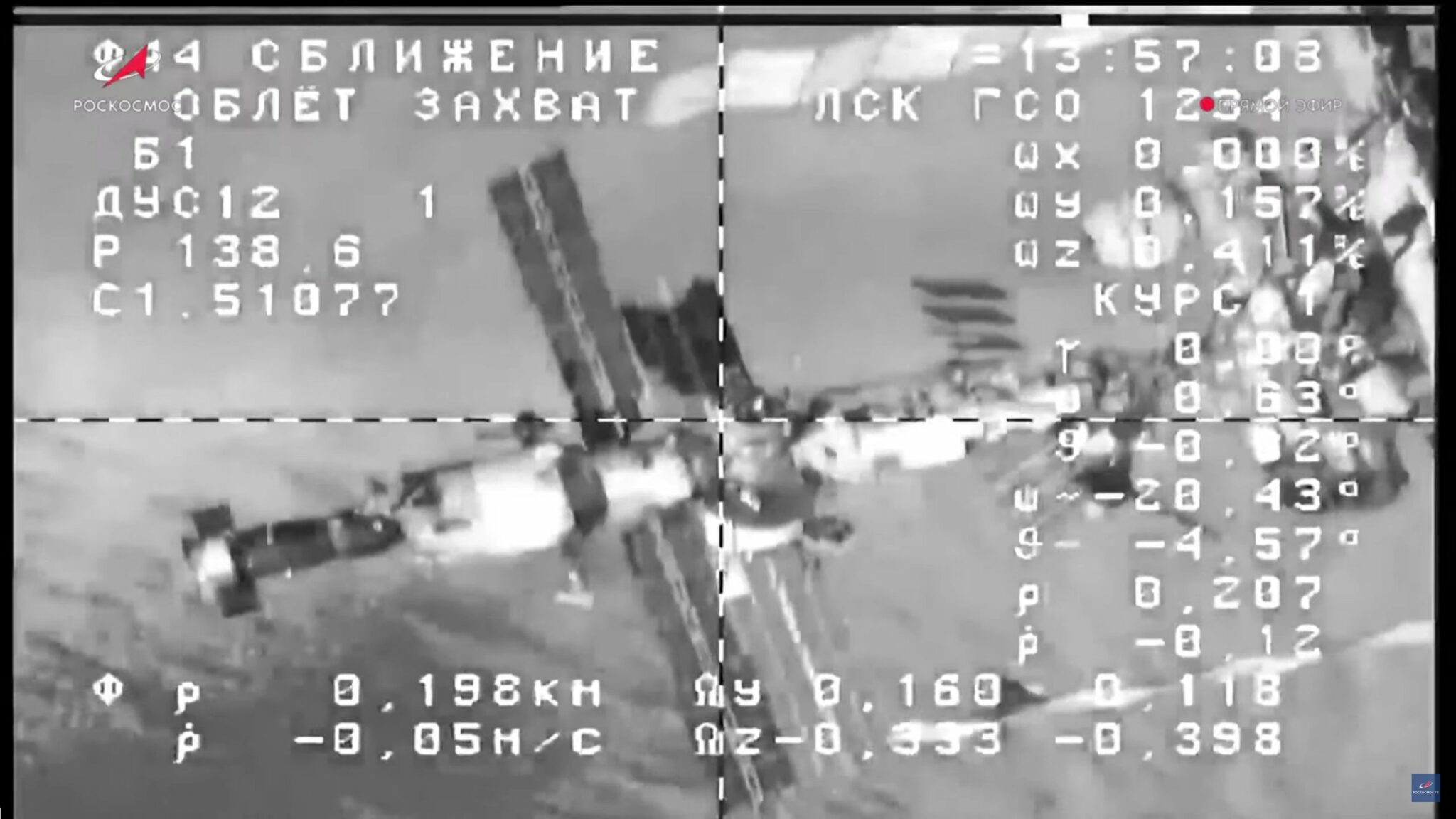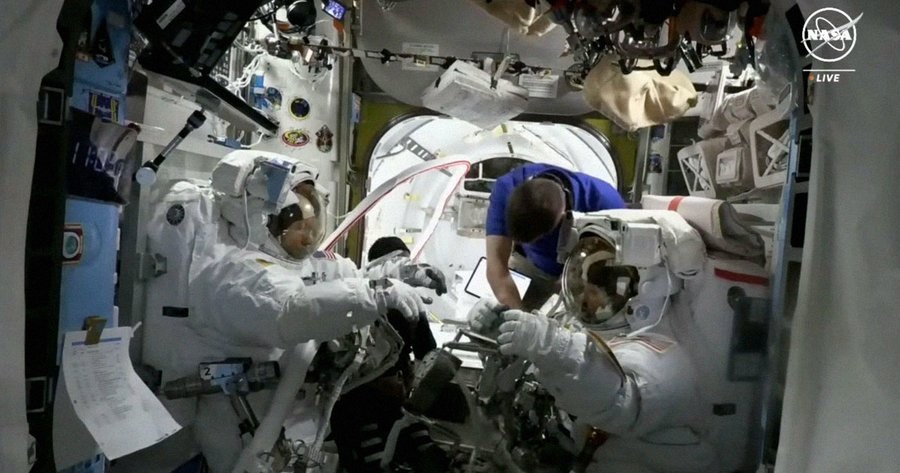Vega, the European Space Agency’s new light launcher, has now got its maiden flight date set, for 26 January 2012. ESA had been hoping to launch during 2011, but the critical parameter was to get Vega launched between the 20 October launch of Soyuz and the beginning of preparations at Kourou, French Guiana for the next Automated Transfer Vehicle launch, via Ariane 5, to the International Space Station.
European made components have arrived by sea at Kourou from Avio’s factory in Colleferro, near Rome. The inaugural campaign will begin on November 7 with rollout of Vega’s P80 first stage to the launch pad, followed during the subsequent weeks by stacking of the Zefiro 23 second stage and Zefiro 9 third stage – all of which are loaded with solid-propellant. A progress review will be held on December 7 to authorize a continuation of the final integration process – allowing the bi-propellant Attitude and Vernier Upper Module (AVUM) to be mated atop the launcher, and final operations to begin with the mission’s multi-spacecraft payload.
carrying LARES (LAser RElativity Satellite) and nine cubesat educational payloads of varying sizes.
Vega will lift off from the Spaceport’s ZLV launch site, which originally was used for the Ariane 1 and Ariane 3 vehicles.
The medium-lift Soyuz and light category Vega willcomplement ESA’s heavylift Ariane 5s to provide a fully flexible range oflaunch options at Kourou. Vega, whose first stage is one of the world’s biggestcarbon fibre single-piece structures, is designed to launch satellites up to 1.5tonnes into 700km polar orbits. As French Guianais much closer to the equator than Soyuz’s normal launch site at Baikonur,added boost from the Earth’s spin will nearly double its maximum payload togeostationary transfer orbit (GTO) to 3 tonnes. Ariane 5 can lift 10 tonnes to GTO,though ESA member governments are thought to be moving towards approval of amid-life upgrade to increase payload capacity.
A longer-term project is also underway, to develop a ahigh-thrust cryogenic engine that could form the basis of ESA’s next-generationlauncher. It will not fly until about 2025, but is intended to provide amedium-lift capability in a modular design, with a re-ignitable upper stage andoptions for strap-on solid propellant boosters offering extra thrust.

